In the aftermath of independence, a wave of destruction unfolded in Pakistan-occupied Jammu and Kashmir (POJK). This region, now a stronghold for Islamic fundamentalists and terrorists, witnessed the ruin of numerous Hindu temples and non-Islamic places of worship. On the occasion of POJK Sankalp Diwas, let’s delve into the historical narrative of this tragic obliteration.
February 22, 1994, marks a pivotal moment in India’s Kashmir policy. On this day, Parliament resolutely asserted its claim over Jammu and Kashmir, which had been unlawfully occupied by Pakistan. Despite international declarations, Pakistan continues its illegal possession of 78 thousand square kilometers of Indian territory in the Gilgit-Baltistan region, referred to as POJK. The region, encompassing Poonch, Mirpur, and Muzaffarabad divisions, has become a stronghold for Islamic fundamentalists and terrorists.
The Tragic Exodus of 1947
In October 1947, tribal forces from Pakistan, supported by the Pakistani Army, launched a treacherous attack on the princely state of Jammu and Kashmir. This invasion led to the massacre of Hindus and Sikhs, resulting in 30,000 deaths and over 100,000 forced refugees. The aftermath left a trail of destruction, especially in the POJK region, where the Hindu population faced significant losses.
Status of Non-Islamic Places of Worship in POJK
Historically, POJK was home to a plethora of Hindu, Buddhist, and Sikh places of worship. However, invaders and changing political dynamics have left only a handful standing. The region has become a breeding ground for extremism, and numerous temples have been reduced to ruins over the years.
Sharda Peeth Temple in Neelam Valley
The Maa Sharda Peeth temple in Neelam Valley, illegally occupied by Pakistan, stands neglected. Recent reports suggest that the Pakistani Army encroached on the dilapidated Sharda Temple complex, even establishing a coffee house there. The temple, dating back 5,000 years, holds immense religious importance, comparable to the Shiva Lingam temple of Somnath. Sadly, under Pakistani occupation, access for Bharatiyas has become nearly impossible.
Famous Shiva Temple and Mirpur’s Submerged Temples
The Shiva Temple in Pakistan-occupied Jammu and Kashmir, once normal post-partition, has fallen into ruins due to changing political relations and rising extremism. Devotee visits dwindled, leading to the temple’s current dilapidated state.
Temple Submerged in Dam Construction
Mirpur city, which once housed numerous temples, witnessed submersion during the construction of the Mangla Dam. Temples like Mangala Devi Temple are visible when the dam water level decreases. However, many, including the Devi Gali temple near Poonch, have disappeared entirely.
Raghunath Temple in Mirpur
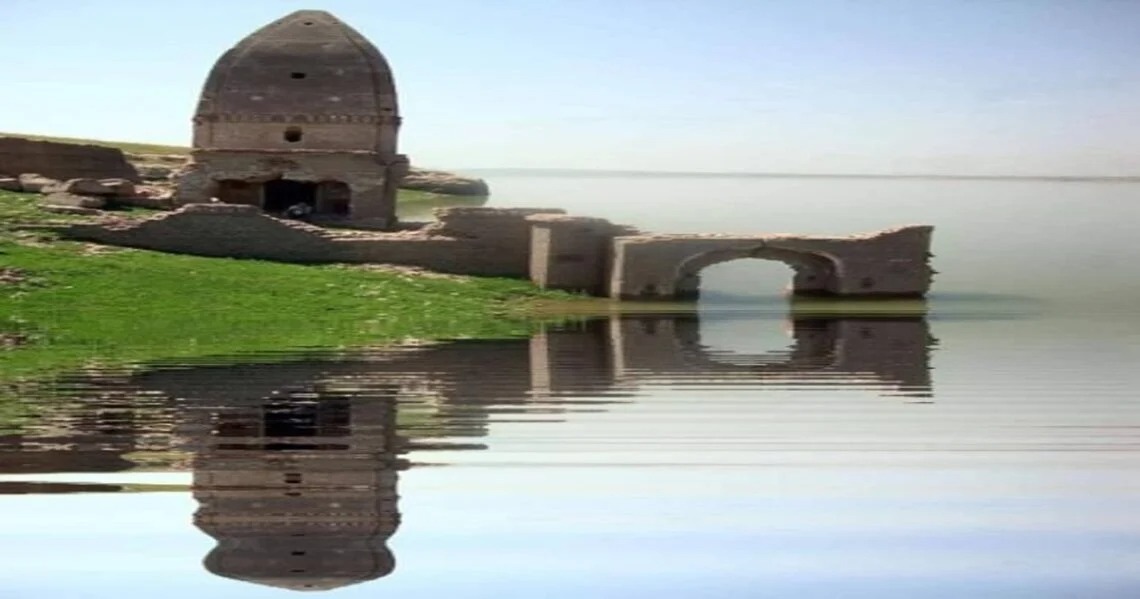
The Raghunath Temple in Mirpur, located on the banks of the Jhelum River, stands deserted and in ruins. The area, once Hindu-dominated, has become a stronghold for Islamic fundamentalists, leading to the decline of Hindu population.
Neglected Gurudwaras and Archaeological Sites
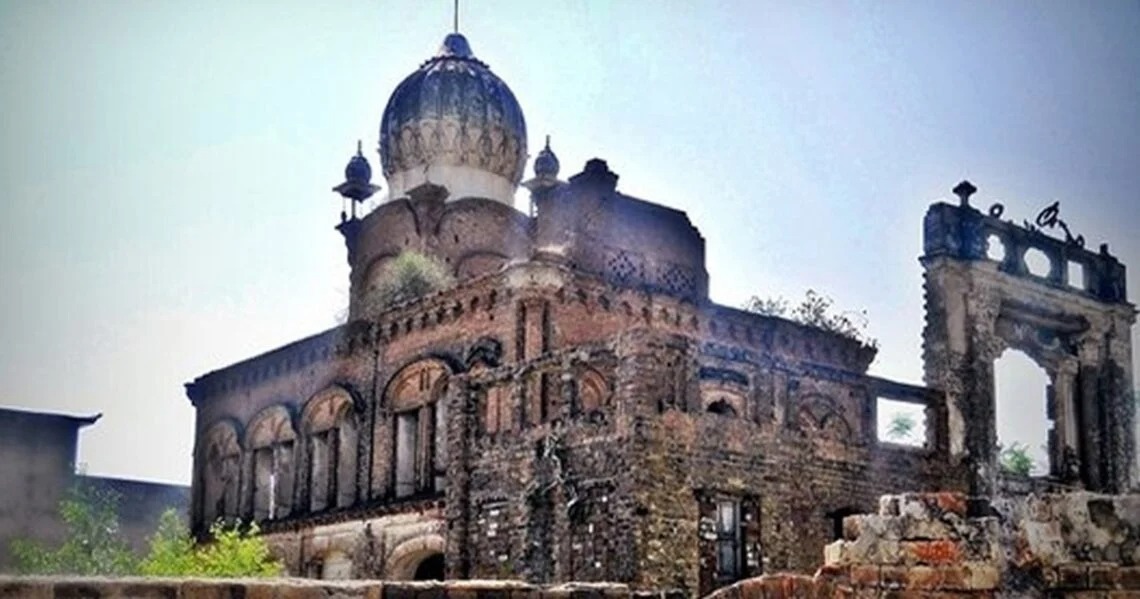 Several Gurudwaras and archaeological sites, including the Ali Beg Gurdwara and the Kargah Buddha site, have faced neglect and decay. The rich historical and cultural heritage is gradually being eroded.
Several Gurudwaras and archaeological sites, including the Ali Beg Gurdwara and the Kargah Buddha site, have faced neglect and decay. The rich historical and cultural heritage is gradually being eroded.
Kargah Buddha site
The Kargah Buddha site, housing a carved statue dating back to the 7th century, faces neglect from the Pakistani government. The statue, a victim of disrepair, is gradually deteriorating.
Gurudwara Shri Chhota Nankiana Sahib in Skardu
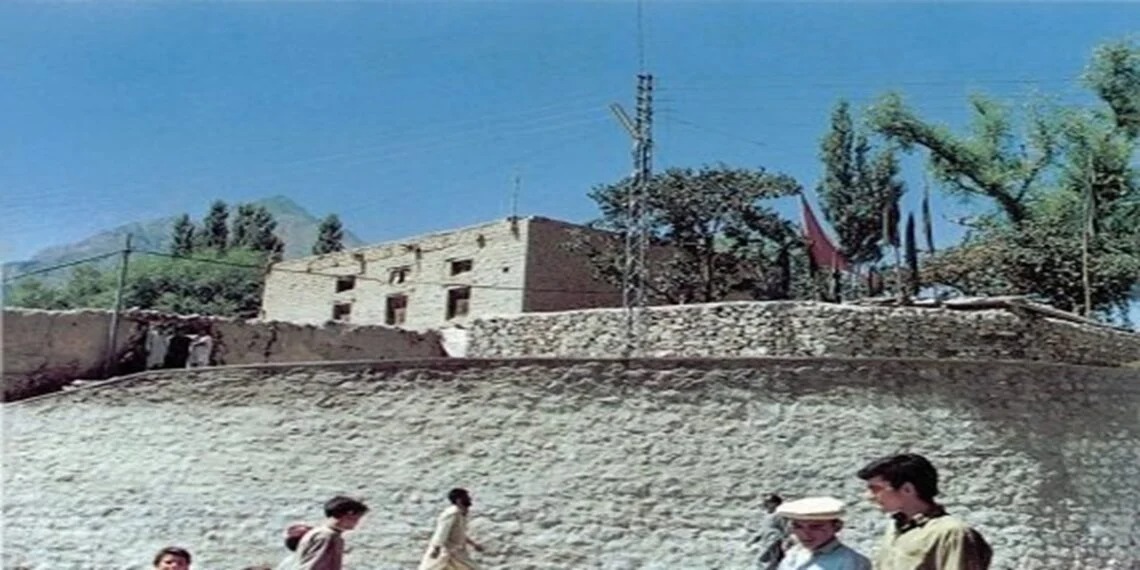
Skardu a famous city in POJK. It is at a distance of about 450 km from Lahore. About 1 km away from the main square of Skardu, there is a large building on the top of a small hill, this building is known as Gurudwara Sri Chhota Nankiana Sahib. is witnessing the deterioration of Gurudwara Shri Chhota Nankiana Sahib. Neglected by the Pakistani administration, parts of the Gurudwara are collapsing, signaling an imminent ruin.
The destruction of non-Islamic places of worship in POJK is not a random occurrence but a result of a comprehensive plan by the Pakistani government and Islamic fundamentalists. As we reflect on the history of the past 76 years, the remnants of these places of worship stand as a testament to a sinister conspiracy that continues to unfold.

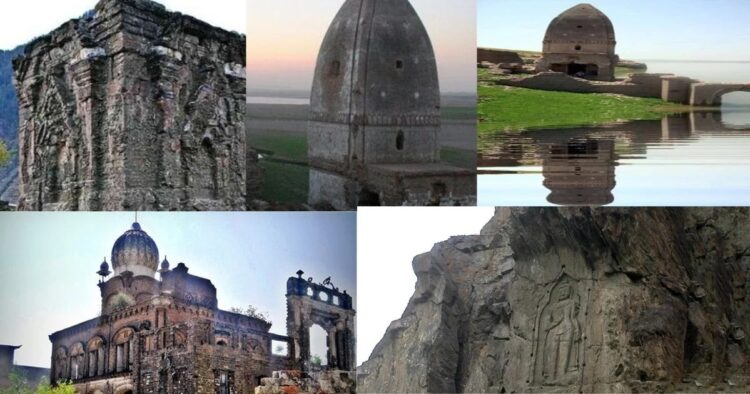
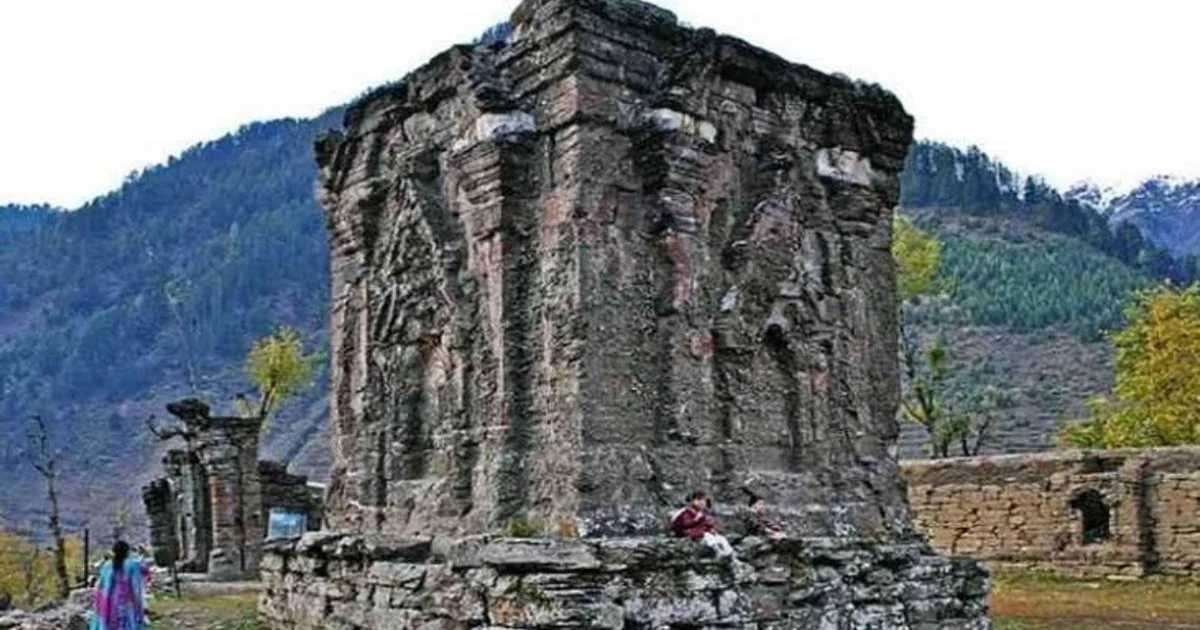
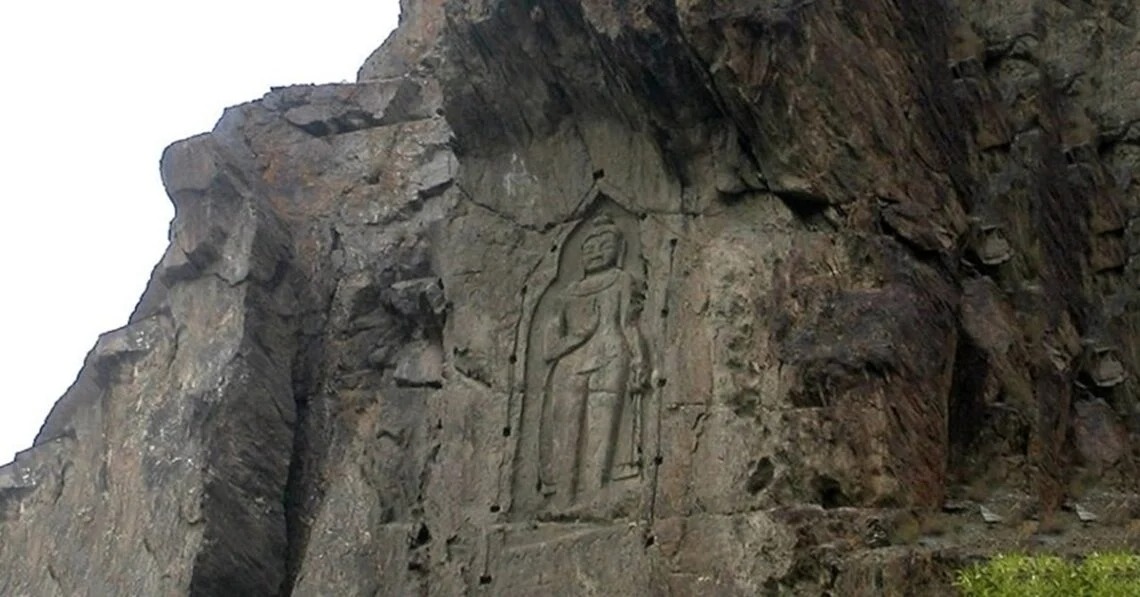















Comments